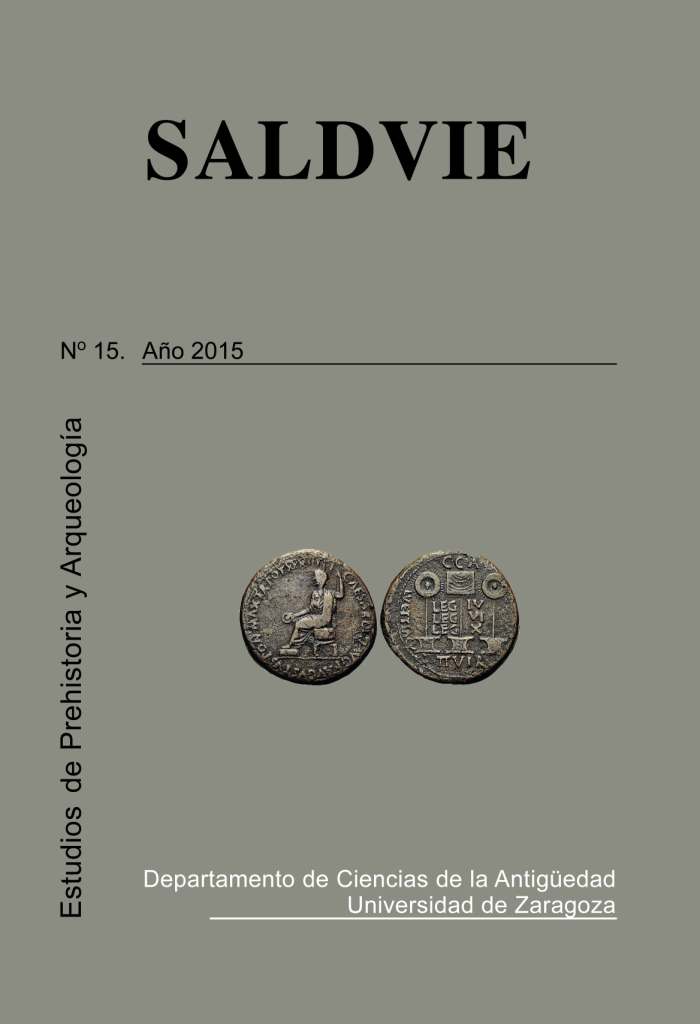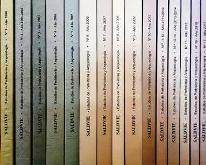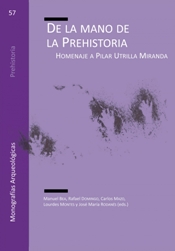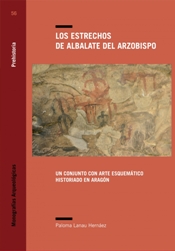Reflexiones sobre la elipsis en el arte paleolítico
DOI:
https://doi.org/10.26754/ojs_salduie/sald.2015156671Keywords:
Elipsis, Arte paleolítico, Esquematismo, MenteAbstract
El estudio pormenorizado de Utrilla y Mazo (1996) sobre las cabras del bloque 1 de la cueva de Abauntz (Navarra) resaltó una forma de representación que oculta a los animales unos detrás de otros y a la que llamaron elipsis de los animales por ocultamientos parciales. En el presente artículo analizamos todas las posibilidades de la elipsis: ¿Por qué nunca se representa el paisaje en el arte parietal?, ¿por qué la mayoría de las «Venus» occidentales no tienen rostro? Estas y otras preguntas nos surgieron cuando revisamos el Arte Paleolítico con nuevos ojos.
Downloads
Downloads
Published
How to Cite
Issue
Section
License
Copyright (c) 2022 Salduie

This work is licensed under a Creative Commons Attribution-NonCommercial-NoDerivatives 4.0 International License.
SALDUIE retains the copyright of the published articles, authorizing the use, dissemination, transmission and public display of their content, provided that the authorship, url and journal are cited, and that they are not used for commercial purposes. The right to reproduce the articles in hard copy, portable document format (.pdf) or HTML editions of JoS is also reserved. The authors agree with the license of use used by the journal, as well as with the conditions of self-archiving and its open access policy.












